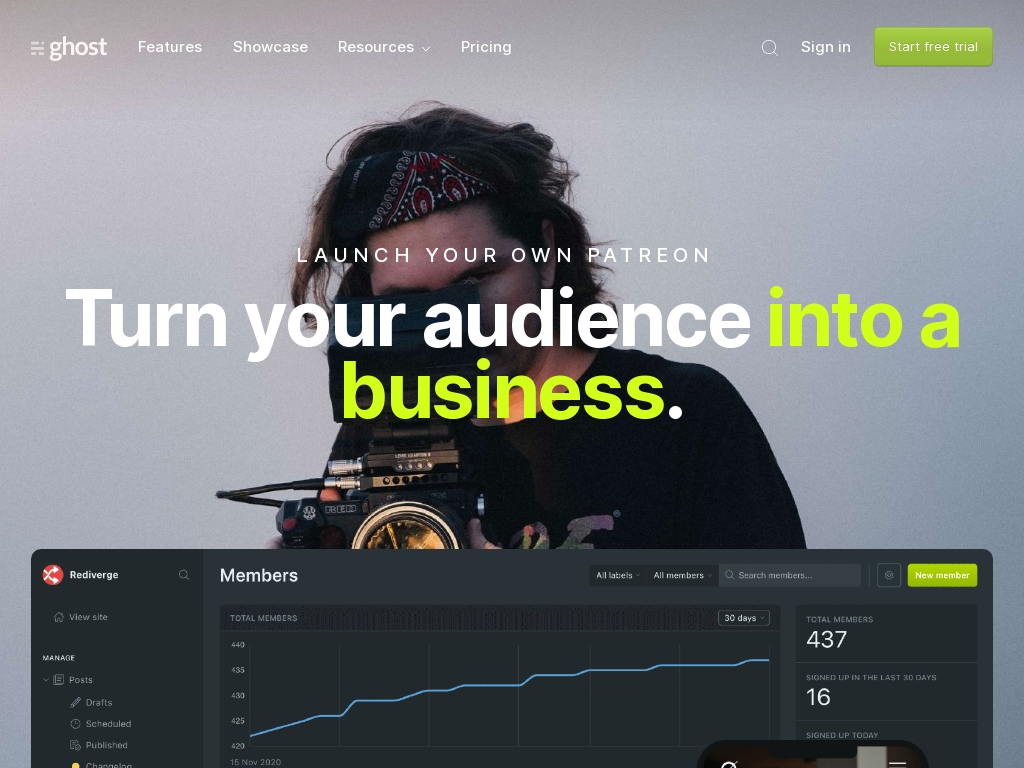How Two Founders Grew an Open-Source Platform to $750K ARR
Who is John O'Nolan?
John O'Nolan, the founder of Ghost, is originally from the UK and previously worked as a core contributor to WordPress. He pivoted from a freelance web designer to launching Ghost, driven by a passion for creating a modern publishing platform focused on journalism.

What problem does ghost solve?
Ghost solves the problem of bloated, outdated, or closed publishing platforms by offering a sleek, open-source solution specifically designed for journalists and publishers who need flexibility, control, and transparency.

How did John come up with the idea for ghost?
John O'Nolan, the founder of Ghost, came up with the idea out of a frustration with the current state of publishing platforms. He was an active contributor to WordPress but...
Disclaimer: The initial draft of this article was compiled by the Starter Story team based on publicly available interviews, podcasts, and other content from the founder. See the sources we used here.

Download the report and join our email newsletter packed with business ideas and money-making opportunities, backed by real-life case studies.

Download the report and join our email newsletter packed with business ideas and money-making opportunities, backed by real-life case studies.

Download the report and join our email newsletter packed with business ideas and money-making opportunities, backed by real-life case studies.

Download the report and join our email newsletter packed with business ideas and money-making opportunities, backed by real-life case studies.

Download the report and join our email newsletter packed with business ideas and money-making opportunities, backed by real-life case studies.

Download the report and join our email newsletter packed with business ideas and money-making opportunities, backed by real-life case studies.

Download the report and join our email newsletter packed with business ideas and money-making opportunities, backed by real-life case studies.

Download the report and join our email newsletter packed with business ideas and money-making opportunities, backed by real-life case studies.











